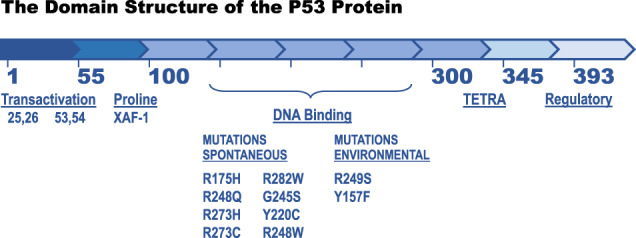Fig. 2. A linear representation of the p53 protein with five domains.

The XAF-1 protein binds within the proline-rich domain (see Fig. 2) and the great majority of missense mutations that contribute to cancers reside in the DNA binding domain. The eight spontaneous mutations and two environmental mutations form the ten most common TP53 mutations (33% of cancers), which have very little or no transcriptional activity. More than 350 additional TP53 missense mutations have a weak transcriptional activity, a much lower frequency of occurrence in producing cancers over a four log distribution, and cause 67% of cancers. The hypothesis that pro-apoptotic XAF-1 binding to a weak transcriptional p53 protein promotes apoptosis so that the weak allele fails to form cancer. An XAF-1 gene transcriptionally silenced by epigenetic marks or a polymorphism that inactivates the protein would then permit weak, minor TP53 alleles to produce cancer [37].
